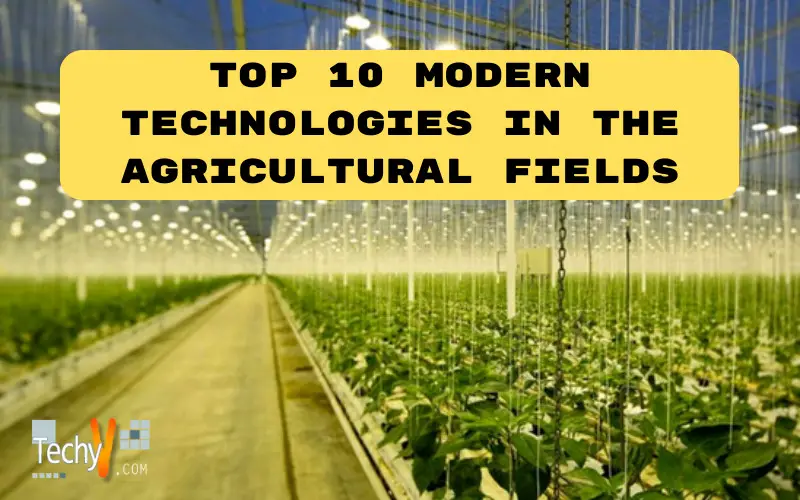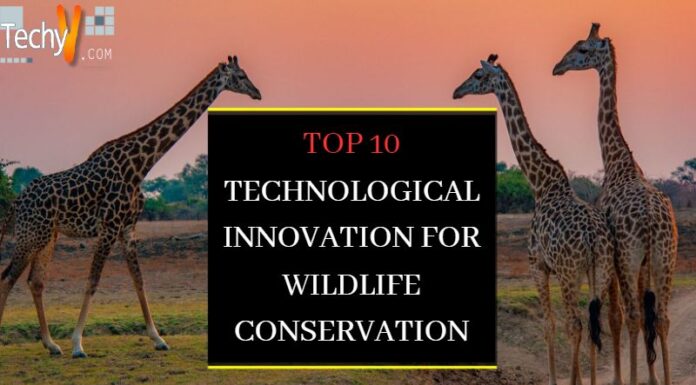The world’s most significant industry that supplies people with food is agriculture. The service sector, which accounts for 28% of global employment, is the largest employer globally, followed by the agriculture sector. Agriculture employs about 1.3 billion people worldwide. Today’s farming practices rely heavily on modern agricultural technology. Today, We must educate farmers on using modern agricultural technology, which can make farming simpler and more accessible. We can lessen the likelihood of losses and strengthen the global agriculture sector by warning well before the crisis develops.
1. Soil And Crop Sensors
More farm equipment is available today with intelligent sensors that can read everything from crop health to critical nitrogen levels in the water. The sensors then make it possible to use input on the go based on current field conditions. Additionally, sensor technology is available to measure the ground’s electrical conductivity, the amount of organic matter present, and even specific soil properties like pH.

2. Farm Automation
Agricultural field automation technology’s main objective is to take care of simple, routine tasks. Harvest automation, autonomous tractors, seeding and weeding, and drones are some of the major technologies that farms use most frequently. Major issues like a growing global population, a lack of farm labor, and shifting consumer preferences are addressed by farm automation technology.

3. Bus Technology
Ten years ago, using tractor-controlled machinery, it was common to see up to five displays suspended in a stream of wires from one wire edge to the back window. These displays are now referred to as virtual terminals on one screen. A binary unit system (BUS) is a long cable made up of all the wires you can plug into any implementation brand. BUS technology is crucial in modern agriculture technology because of this.
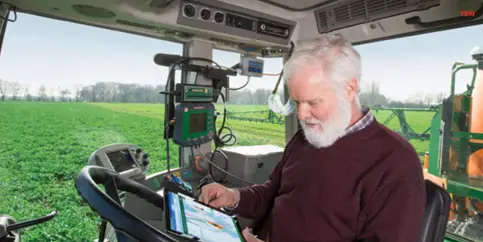
4. Modern Greenhouses
The greenhouse industry has been evolving over the past few decades from modestly sized buildings used primarily for research and aesthetics (i.e., botanic gardens) to significantly larger buildings that directly compete with land-based conventional food production.

5. Indoor Vertical Farming
In addition to increasing crop yields and overcoming land-use restrictions, indoor vertical farming can also lessen the environmental impact of farming by reducing supply-chain travel distance. Growing produce in a controlled, enclosed environment while it is stacked one on top of the other is known as indoor vertical farming. Because of its capacity to flourish in constrained spaces, this growing type is frequently associated with cities and urban farming.
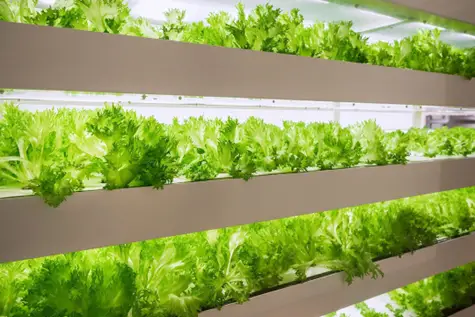
6. Animal Agriculture Technology
The productivity capacity, welfare, or management of animals and livestock can all be improved or enhanced by involving livestock technology. The idea of the “connected cow” emerged due to the increasing use of sensors in dairy herds to track health and boost output. By placing individual wearable sensors on cattle, it is possible to monitor daily activity and health-related problems while providing the entire herd with data-driven insights.
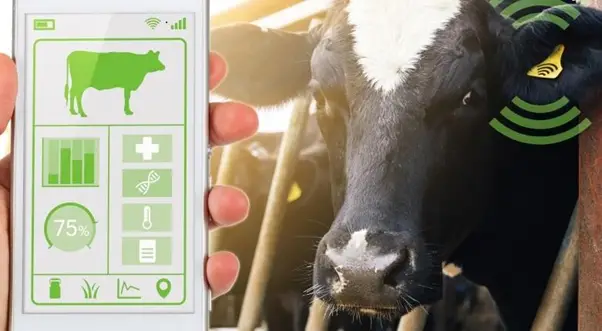
7. Blockchain
In the current food system, urgent problems like food fraud, safety recalls, inefficient supply chains, and food traceability can be resolved using blockchain’s tracking ownership records and tamper-resistance capabilities.
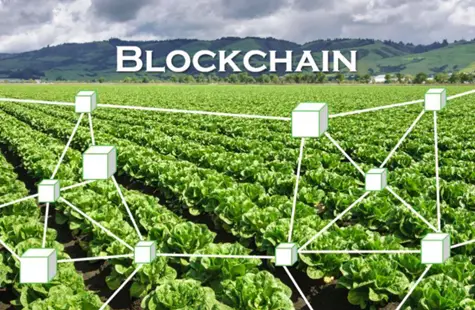
8. Artificial Intelligence
Information can be gathered continuously throughout a field by remote sensors, satellites, and UAVs. These can keep an eye on soil quality, humidity, temperature, and plant health. The volume of data these sensors can produce is staggering, and the data avalanche obscures the importance of the numbers.

9. Precision Farming
With the help of new precision agriculture companies, farmers can maximize yields by managing every aspect of crop farming, including moisture levels, pest stress, soil conditions, and microclimates.

10. Robot Farmer
On the farm, the development of autonomous vehicles is also accelerating. Robots and self-driving tractors are becoming more widespread as a means of automatically regulating the cost of payroll, which humans occasionally perform.




